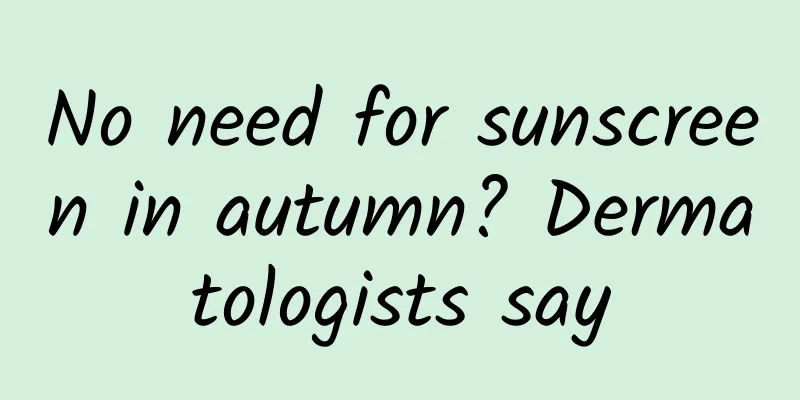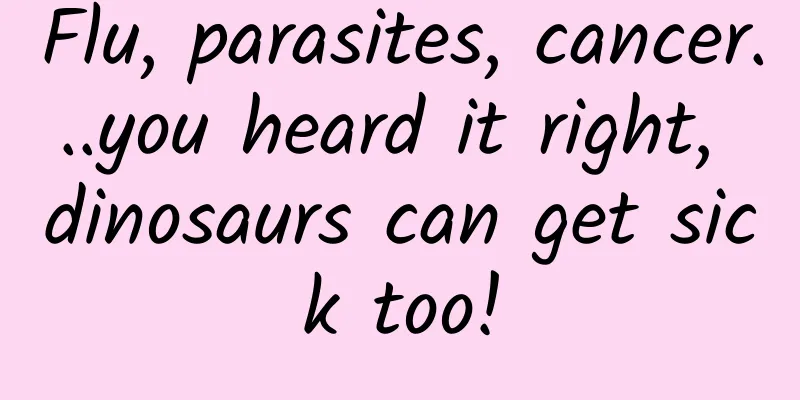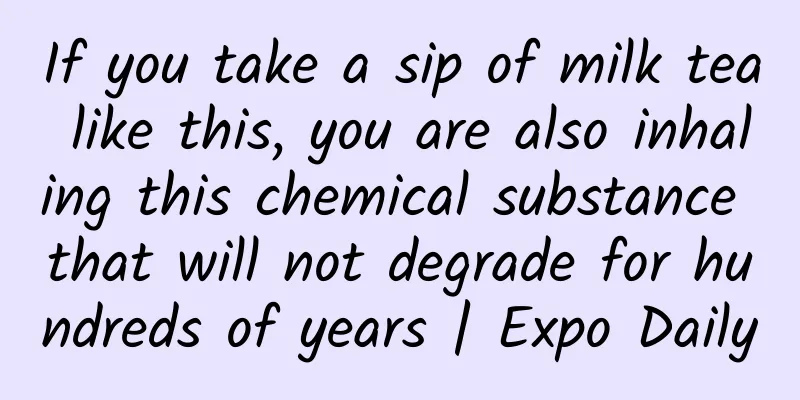No need for sunscreen in autumn? Dermatologists say

|
"The sun isn't that strong in autumn, so you don't need sunscreen." The autumn sun seems to have become much gentler. Many people think that they don’t need to worry about sun protection in autumn. Is that true? Rumor Analysis That is not the case. Sun protection is not just to prevent sunburn, it is also important to protect the skin from other damage caused by ultraviolet rays. Sun protection is one of the most important and effective measures to maintain skin health. Even in the fall when the sun is not strong, you need to adjust your sun protection strategy according to the situation. After enduring the scorching summer, the autumn sun seems to have become much gentler. Many people think that in autumn, there is no need to worry about sun protection. Is this true? Sunscreen, what does it protect against? The autumn sun may not be very strong and it is not easy to get sunburned, but this does not mean that you don't need to wear sunscreen. The key to the problem is sunscreen. What are you protecting against? In fact, sun protection is not only to prevent sunburn, it is also important to protect the skin from other damages of ultraviolet rays . It should be known that ultraviolet rays can cause skin aging, spots, wrinkles, and even increase the risk of skin cancer. These risks are more likely to occur after not paying attention to sun exposure for many years. It can be said that sun protection is one of the most important and effective measures to maintain skin health. To deepen everyone's awareness of sun protection, here are 4 important facts about sun protection: Fact 1: UV rays are present all year round. Even in autumn, winter and even in cloudy weather, UV rays are present. Although clouds can block some UV rays, most long-wave UV rays can still penetrate the clouds, reach the ground and touch the skin. Fact 2: There are long-wave and medium-wave ultraviolet rays. There are two types of ultraviolet rays that damage health: long-wave ultraviolet rays (UVA) and medium-wave ultraviolet rays (UVB). UVA can penetrate deeper into the skin and cause chronic skin damage, such as skin aging. UVB can cause sunburn when exposed to strong sunlight for a short period of time. Fact 3: There is a risk of skin cancer. Long-term exposure to ultraviolet rays (UVB contributes more) increases the risk of skin cancer, including melanoma, basal cell carcinoma and squamous cell carcinoma. Fact 4: It is the cause of skin photoaging. Ultraviolet rays are the cause of skin photoaging, which includes wrinkles, spots and sagging skin. Although age is also a cause of aging, the negative effects of sun exposure cannot be ignored at all. The two can be combined to make people look older. How to protect against the sun in autumn? Sun protection is actually not difficult, it just involves a lot of details and techniques. The first thing you need to know is the principles of sun protection, that is, understand the basic strategies of sun protection. The principles can be summed up in three words: avoid, cover, and wipe. Avoid: Avoid exposure to sunlight. Cover: Provide physical cover. Apply: Apply sunscreen. But if we expand on this, there are still many details, see the table below. It is not difficult to see from the above that the principles and details of sun protection in autumn are actually similar to those in other seasons. The above measures can be effectively combined according to your actual situation. Next, here comes the advanced knowledge point: If you want to adjust your sun protection strategy more flexibly and effectively, it is recommended that you understand another concept - the ultraviolet index. Flexible sun protection according to UV index So, what is the UV Index? The UV Index (hereinafter referred to as the "Index") is an indicator that measures the impact of the sun's ultraviolet radiation on the skin. It refers to the international measurement standard for the intensity of the sun's ultraviolet radiation at a certain location on a certain day. This index is mainly used in daily forecasts and is applicable to ordinary people. According to the regulations of different countries and regions, the index generally varies between 0 and 15. The higher the index, the greater the risk of skin damage due to ultraviolet radiation. The index has a characteristic worth mentioning, that is, for a specific quarter, its intensity fluctuations have a certain pattern every year. Take Hong Kong, my country as an example. The following chart shows the monthly changes of the index. Average UV Index in Hong Kong (from reference material) As can be seen above, the index is highest in July. The monthly fluctuations of the index are mainly due to the changes in the solar elevation angle, which determines the intensity of atmospheric attenuation and scattering of solar ultraviolet radiation. In the World Health Organization's classification, the index can be further divided into five levels: "low", "moderate", "high", "very high" and "extreme". my country's Central Meteorological Observatory provides UV index forecast services, and the classification standards are slightly different from those of the World Health Organization. See below for details. Table 2. Classification of UV index in my country and corresponding protection recommendations The "recommended protective measures" in this table are very down-to-earth protection guidelines. We especially recommend that you become familiar with and understand them, and it would be best if you can master them proficiently! Another detail is that the index changes dynamically throughout the day. The figure below is an intuitive display. Index changes in Hong Kong (from reference materials) As can be seen from the figure, the index was relatively high between 10 o'clock and 16 o'clock, especially reaching a peak at 13 o'clock. In addition, there is another detail in the above figure - different seasons (that is, lines of different colors in the figure) have the same trend, but the average value of the winter index is slightly lower, followed by spring and autumn, and the highest is summer. In summary, we can combine basic sun protection principles with real-time indexes to guide daily sun protection, which is a very good sun protection strategy. Looking in the mirror of rumors From the saying “the sun is not strong in autumn, so no sunscreen is needed” we can see that when faced with such general statements, we should look at them dialectically, master basic skin care knowledge, analyze the rationality of seemingly reasonable skin care suggestions, and avoid blindly following trends. References [1] Diffey B. A contemporary strategy for sun exposure. Expert Review of Dermatology. 2007, 2(2): 139-142. [2] Some statistics on UV index. https://www.hko.gov.hk/en/education/weather/sunshine-and-uv/00123-some-statistics-on-uv-index.html [3] Skin photoaging. UpToDate. https://www.uptodate.com/contents/zh-Hans/photoaging [4] The UV Index: Know Your Risk. https://www.skincancer.org/en/blog/the-uv-index-know-your-risk/ [5] UV index. Wikipedia. https://zh.m.wikipedia.org/ Planning and production Author: Tang Jiaoqing, MD, attending physician of dermatology Review | Feng Jun, deputy chief physician of the Dermatology Department of Sinopharm Tongmei General Hospital Planning丨Fu Sijia Editor: Fu Sijia Proofread by Xu Lailinlin The cover image and the images in this article are from the copyright library Reprinting may lead to copyright disputes |
<<: Designed in the late 1950s, the Blackbird is an absolute miracle in aviation history.
>>: What a weird thing! Are pears divided into male and female?
Recommend
There are actually "mushroom skin" bags? Are they made from mushrooms used to stew chicken?
You may have heard of luxury bags made of cowhide...
Can’t come up with the copy for information flow advertising? There is a template here, just use it!
Many friends often complain to me: " Informa...
A step-by-step guide to spam filtering with Python and Scikit-Learn
[[197427]] Text mining (getting information from ...
Where will OPPO go if its differentiated advantage is no longer there?
Among domestic mobile phone manufacturers, OPPO i...
How profitable are Apple's iOS apps? Even Hollywood box office can't compare
According to the technology blog readwrite, analy...
Are Windows 2-in-1s doomed to fail?
Although the word "computer" accounts f...
ASO keyword selection skills!
As we all know, the first step for everyone after...
Experts: The virus has no major mutations in China, which is different from the situation in other countries!
Academician of the Chinese Academy of Sciences: T...
How long does it usually take for a submitted Baidu Smart Mini Program to be reviewed and approved?
Q: How long does it take to review a Baidu Mini P...
iOS 10 new features improve secure WiFi connection pop-up reminder
WiFi has now become a technology that people rely...
Uber is having trouble retaining talent, with new head of its AI lab Gary Marcus leaving
According to foreign media reports, Gary Marcus, ...
Why did ZTE use its patent stick to target Xiaomi?
Breaking news: According to authoritative media r...
Didi Kuaidi was summoned for a talk: Taxi industry reform is going in reverse
The policy relaxation in the private car sector t...
AlixPartners: Electric vehicles are expected to account for 33% of global car sales in 2028
Consulting firm AlixPartners said on Wednesday th...









